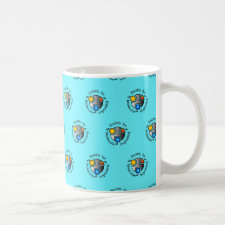
Authors: Lu SL, Cheng GX, Pang XS
Article Title: Protein-imprinted soft-wet gel composite microspheres with magnetic susceptibility. II. Characteristics.
Publication date: 2006
Journal: Journal of Applied Polymer Science
Volume: 99
Issue: (5)
Page numbers: 2401-2407.
DOI: 10.1002/app.22812
Abstract: Protein-imprinted soft-gel composite microspheres with magnetic susceptibility (MS-PIGMs) were prepared by inverse suspension polymerization using Fe3O4 particles as magnetically susceptible component and bovine serum albumin and lysozyme (Lyz) as templates, respectively. The average content of magnetically susceptible component (Fe3O4) inside MS-PIGMs was determined using thermogravimetric analyzer, and the magnetic characteristics of MS-PIGMs were measured by vibrating sample magnetometer. The results showed that the resulting MS-PIGMs had a certain magnetic response to external magnetic fields, and their average content of Fe3O4 was 2.08%. Their recognition specificity was investigated using BSA and Lyz as both templates and control molecules and characterized by high-performance liquid chromatography, and the mechanism of imprinting and recognition was analyzed. It was shown that the resulting BSA imprinted soft-gel composite microspheres with magnetic susceptibility (BSA-PIGMs) and Lyz imprinted soft-gel composite microspheres with magnetic susceptibility (Lyz-PIGMs). All exhibited good recognition selectivity for their templates, and the relative separation factor (α) was 4.75 and 5.88, respectively. The recognition selectivity of MS-PIGMs to their templates depended mainly on the synergic action of a large quantity of hydrogen binding being caused by complementation and very close contact of outer surface of proteins with inner surface of "imprinting cavities". © 2005 Wiley Periodicals, Inc. J Appl Polym Sci, 2006
Template and target information: protein, bovine serum albumin, lysozyme, BSA, Lyz
Author keywords: gels, molecular imprinting, molecular recognition, templates



Join the Society for Molecular Imprinting

New items RSS feed
Sign-up for e-mail updates:
Choose between receiving an occasional newsletter or more frequent e-mail alerts.
Click here to go to the sign-up page.
Is your name elemental or peptidic? Enter your name and find out by clicking either of the buttons below!
Other products you may like:
 MIPdatabase
MIPdatabase









